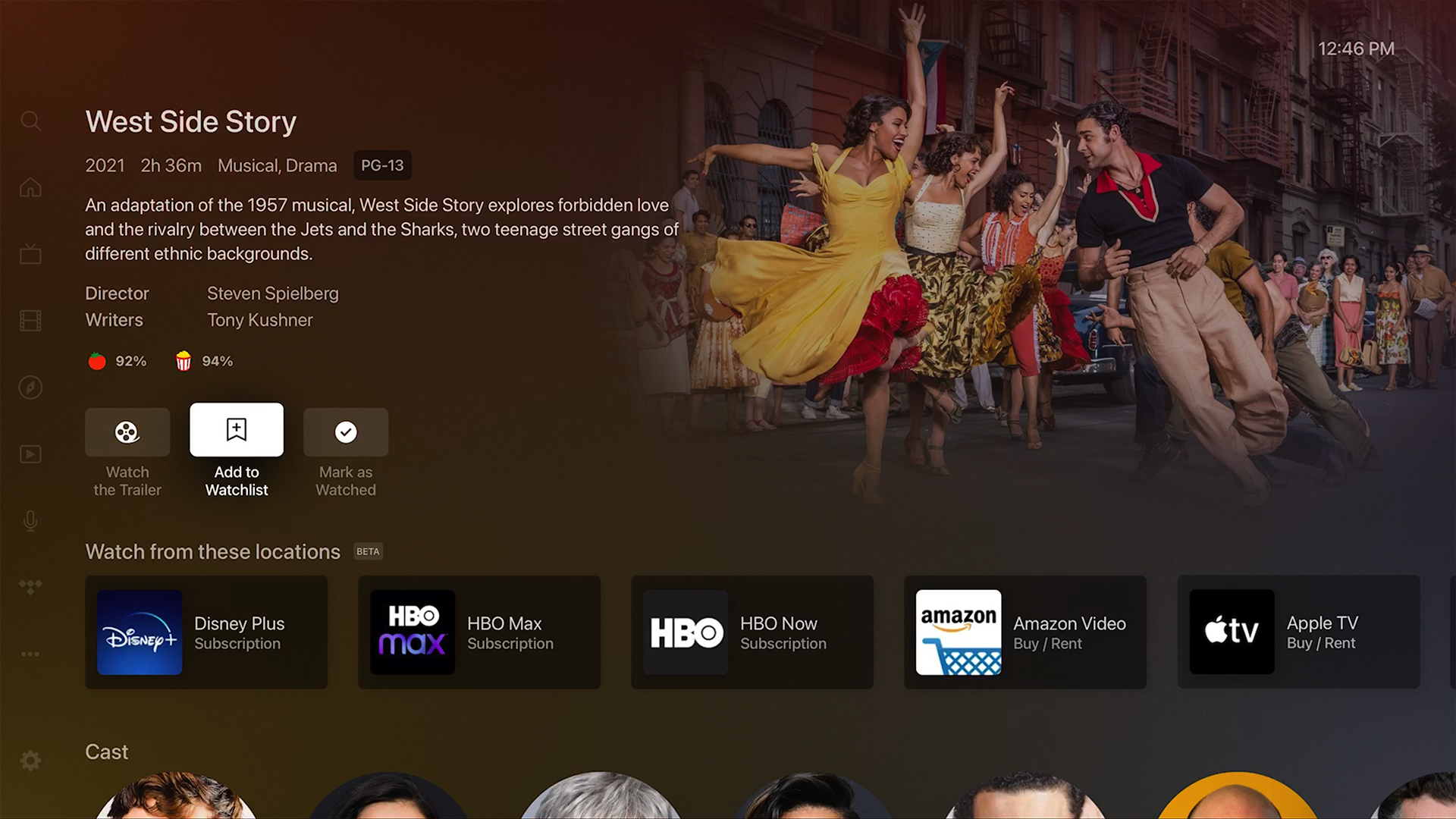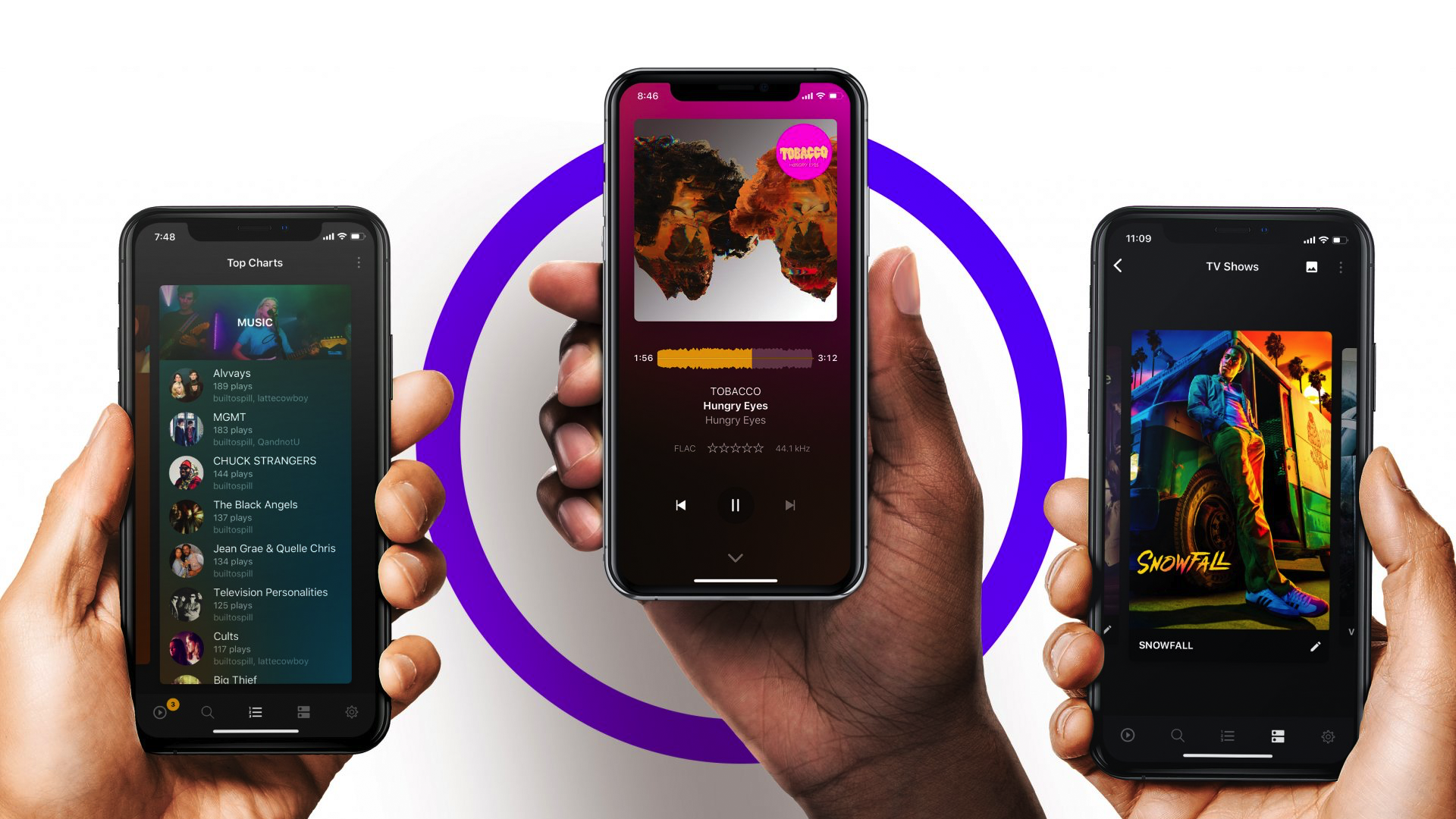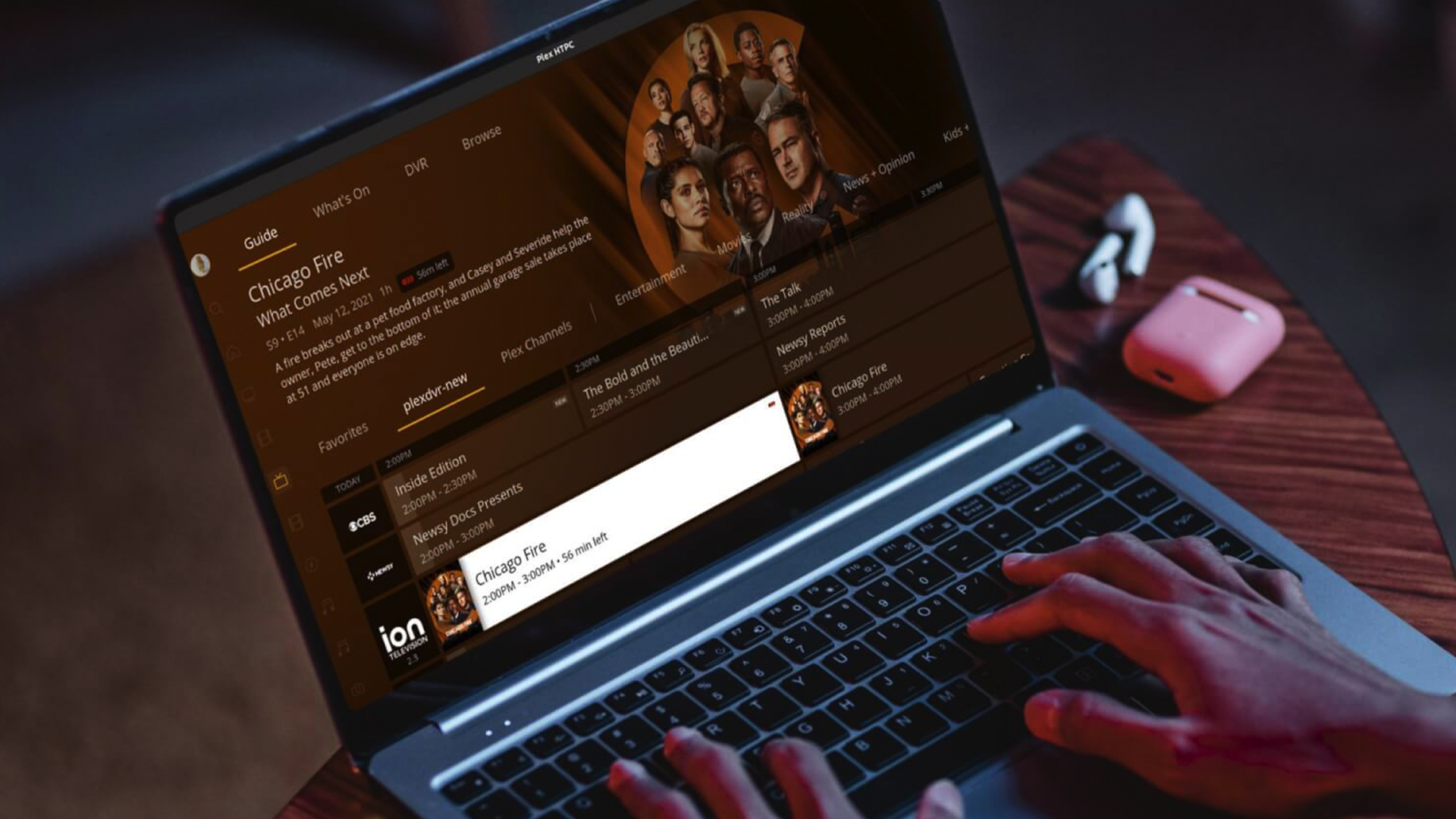Read update
- Updated to reflect that Plexamp is now free.
Quick Links
Key Takeaways
Plex allows you to build a personal streaming service using your own content. Most people buy dedicated hardware for Plex, but you can test it using your desktop or laptop without spending a dime.
The days of cheap streaming are long gone. Services like Netflix are prohibitively expensive and offer much smaller libraries than they did just a few years ago. A personal collection of DVDs and Blu-Ray discs can alleviate this problem, but if you want to stream the media you own, you need a service like Plex.
UPDATE: 8/4/23
Updated to reflect that Plexamp is now free.
Plex Lets You Build Your Own Streaming Service
At a glance, Plex can seem very complicated and confusing. It's a very unique service, and unlike Netflix or Hulu, it requires a bit of setup and patience.
But the general idea behind Plex is very straightforward; it lets you stream your personal media to any phone, computer, or smart TV. You provide the files, and Plex automatically organizes everything into a clean and easy-to-use interface. It's like building your own streaming service for movies, TV shows, and music. (You can even add unique categories to Plex, like a collection of concert videos, family videos, or sports recordings.)
Plex even offers some advanced features, such as the ability to stream and record antenna TV. And it's highly customizable if you're willing to put in the work. Of course, the big selling point is that you can stream Plex from anywhere---you can even share it with friends or family outside your home. (Though some of these features require Plex Pass, which we'll discuss later.)
I should also mention playlists, which might be my favorite Plex feature. You can throw movies or shows into custom playlists to shuffle them randomly or play them in a specific order. For example, you might make a playlist of Buffy the Vampire Slayer and Angel, which aired back-to-back and often had overarching plot points or references.
In order to use Plex, you need to set up a Plex Media Server. This is a device that runs the Plex software, handles all your files, and processes video for streaming. You can use the computer that you already own as a Plex Media Server, though I suggest buying a dedicated device that can stay online 24/7, such as an NVIDIA Shield TV Pro, a NAS device, or a small Intel NUC computer.
You don't need to be a rocket scientist to put together a Plex Media Server. The Plex software guides you through this process, and if you follow the instructions correctly, you won't run into any problems. (When people have problems with Plex, it's usually a matter of poor file organization. Even the most inexperienced computer users can avoid this problem by patiently reading the instructions.)
Plex Is Also an All-In-One Streaming Destination
While Plex is best known for its personal media streaming capabilities, it's also an all-in-one platform for your streaming needs. The Plex Discover feature, which was introduced in 2022, allows you to search for content across all streaming service platforms. It can also find specific information about cast and crew, such as the full list of Gene Wilder's film credits.
Additionally, Plex provides a ton of free on-demand content and live TV channels. This ad-supported content is similar to what you'll find on Pluto TV or Tubi, but it's integrated directly into the Plex app (in a dedicated tab and on your Plex home page.) And yes, you can stream this free content without setting up a Plex Media Server.
Note that these additional features exist to supplement the Plex experience. Most people treat Plex as a personal streaming service and rarely touch Discover or the free Movies & Shows. If you want to disable these features, you can.
Plex Is Free, but a Membership Is Worth the Money
By default, Plex is a free service. The mobile app costs a few dollars, but if you only plan to stream on computers and smart TVs, you can set everything up without spending a dime. This makes it very easy to test Plex. But if you stick with this service, you will eventually sign up for Plex Pass.
A Plex Pass subscription only costs $5 a month, and lifetime memberships regularly go on sale for around $90. That may seem like a lot of money to spend on Plex (after all, you're streaming stuff you already own). But the perks included with Plex Pass are just too good---it's absolutely worth the price.
Here are some of my favorite Plex Pass features:
- Remote Streaming: If you want to stream Plex outside of your home, you need Plex Pass.
- Hardware Transcoding: Your server may need to process a video to make it compatible with a playback device (or slow internet). Hardware transcoding makes this task a lot less resource-intensive, which is especially useful when streaming large video files.
- Free Mobile Apps: You don't need to pay for Plex's mobile apps if you have Plex Pass.
- Offline Streaming: Save media to a device for offline viewing or listening.
- Content Restrictions: Keep your kids from seeing inappropriate content on Plex.
- Skip Intros: Plex Pass gives you the option to skip TV show intros.
- Trailers and Extras: Your Plex server will automatically find trailers and extra clips to accompany movies, sort of like DVD extras.
- Watch and Record Live TV: Plug an OTA receiver into your Plex Media Server to stream and save antenna TV broadcasts. Plex can even remove ads from DVR recordings.
- Multiple Movie Cuts: Keep multiple cuts of the same movie, such as the theatrical and director's cuts of Alien.
- Additional Plexamp Features: Unlock remote streaming, offline downloads, customizable EQ, and an AI playlist curator in Plexamp. Additionally, Plex Pass gets you an optional Tidal discount.
Clearly, Plex Pass is a necessity for anyone who wants to stream Plex outside their home. But it also improves the overall Plex experience. I'm not sure how I could live without the ability to skip intros and stream antenna TV within the Plex app.
You can learn more about Plex Pass at the Plex website. Note that I've only listed my favorite Plex Pass features---this subscription unlocks plenty more!

Plex Pass
A Plex Pass subscription takes your media server to the next level, with remote streaming, hardware transcoding, offline downloads, and more.
What Do You Need to Set Up a Plex Server?
Setting up a Plex Media Server can be a daunting task. But as I mentioned earlier, if you follow the instructions, you shouldn't run into any problems. The Plex Media Server software will try to guide you through setup, though you can find a ton of additional resources at the Plex website.
Now, there's no point in rewriting Plex's detailed installation instructions. But I will give you a gist of what you need (and what you can expect) when setting up a Plex Media Server. I'm going to approach this from a beginner's perspective, because I want you to test Plex for free before you spend a bunch of money on this stuff.
- A Computer: You can use any Mac or PC as your Plex Media Server, even if it's the computer you use every day. All you need is the Plex Media Server software. I wouldn't call this a permanent solution, as you need to leave your computer on when Plex is in use. But it's the best way to test Plex for free. (You can always uninstall Plex from your machine.)
- Ethernet Cable: Give your Plex Media Server a wired internet connection. It's faster and more reliable than Wi-Fi.
- Media Files: You need media files for Plex! If you don't own any digital content, you'll have to rip it from DVDs, CDs, and Blu-Ray discs. (Unfortunately, platforms like iTunes add DRM to their media to prevent unauthorized playback. To play DRM-protected content in Plex, you need to remove the DRM.)
- Patience: Follow the Plex installation instructions, paying special attention to file organization.
- A Smart TV: Install the Plex app on your smart TV and start streaming your personal media library!
The above steps will help you test Plex without spending any money on hardware. That said, hardcore Plex users tend to have much more elaborate setups. If you find that you enjoy Plex, I strongly suggest buying an NVIDIA Shield TV Pro or a NAS device for use as your media server. Both options consume very little power and are fairly compact.
And at some point, you'll need hard drives to store your growing Plex media library. I suggest buying hard drives that are specifically made for NAS devices, as they'll last a lot longer than typical hard drives. (If you're tempted to use an SSD in your Plex server, don't bother. You won't see any major benefit.)
To be clear, this stuff can get expensive if you're obsessive. But a simple and cheap Plex Media Server might be all you need. Let's say you buy a two-bay NAS device and a 4TB NAS HDD---that'll set you back about $250, but you'll have enough storage to hold hundreds of movies, TV shows, and albums. Do a bit of math, and $250 is what you might pay for 10 months of Netflix Basic and ad-free Hulu. Plex pays for itself!

Plex Media Server Download
Want to test Plex without buying expensive hardware? Simply install the Plex Media Server software on your PC or Mac. It will guide you through setup, and you can uninstall it at any time.




